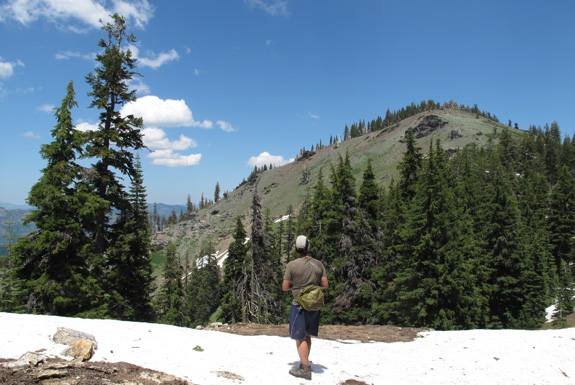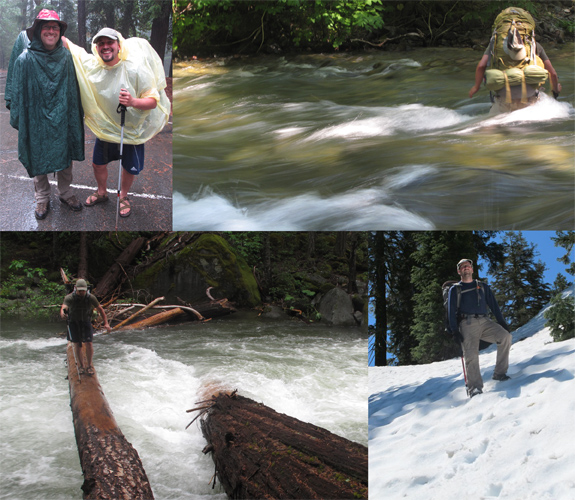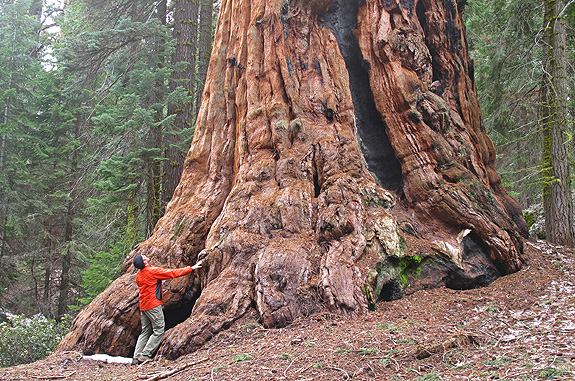Original Publication DATE: 7/23/2011
As Allison and I began to map our route through the Cascades for our summer vacation I proposed that we visit Mount Saint Helens. Allison quickly agreed but jokingly asked what conifers were there that I wanted to see–I relented that I wanted to familiarize myself with noble fir (Abies procera) outside of California and this was a place recommended by Chris Earle on his epic website. What we found in the Goat Marsh Research Natural Area was a juxtaposed landscape shaped by geological forces. We ambled through some of the most depauperate and some of the most productive forests we had ever seen. The resulting plants fostered in certain locations were there based solely on the substrate. The forests on the flows of ash, mud, and rock placed here by Mount Saint Helens allowed only the heartiest plants to survive. Other forests, hidden around the edge of protective mountains and out of reach from the mud and rock flows, grew on soils which had remained undisturbed and were thus less porous with higher nutrient contents–ultimately yielding some of the grandest forests on Earth.




